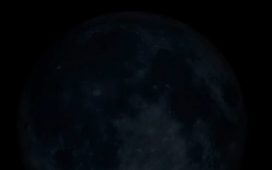In her letter (Want to get rid of a earworm? Try John Cage, 22 December), Joan Friend says she has listened to different versions of 4’33’’ and that “they all sound the same”. This is impossible, because the whole point of the piece is that during it we hear the sounds all around us.
Composed after Cage had experienced an anechoic chamber, a room without echoes where true silence is possible, the score for the piece is marked “Tacet” (an instruction in music which tells the player not to play), so here we have what appears to be a piece where nothing happens.
John Cage said: “Silence does not exist. One simply should listen and open one’s ears.” This is a piece that asks us to accept any and all sounds as music. The concept of the piece is certainly not “a nonsense”, and I can confirm that Cage carefully considered and composed the structure of 4’33”.
Barry Russell
Author, “Everything We Do Is Music”: Cross-Curricular Experiments in Sound Based on the Music of John Cage
Should Joan Friend have trouble finding musicians to not play John Cage’s 4’33”, she could do as I do and not whistle it. This works for me. Failing that, she could get a family member or understanding friend to not whistle it – although standards of non-performance may vary.
Ian Cooper
Freckleton, Lancashire
I was glad to read Joan Friend’s success in using John Cage’s 4’33” to get rid of an earworm, but I always preferred Frank Zappa’s 1993 cover version of the same piece: far more accessible. Plus, despite his ailing health, you really can hear Frank “putting the eyebrows on it”!
Phil Jones
Ormskirk, Lancashire









